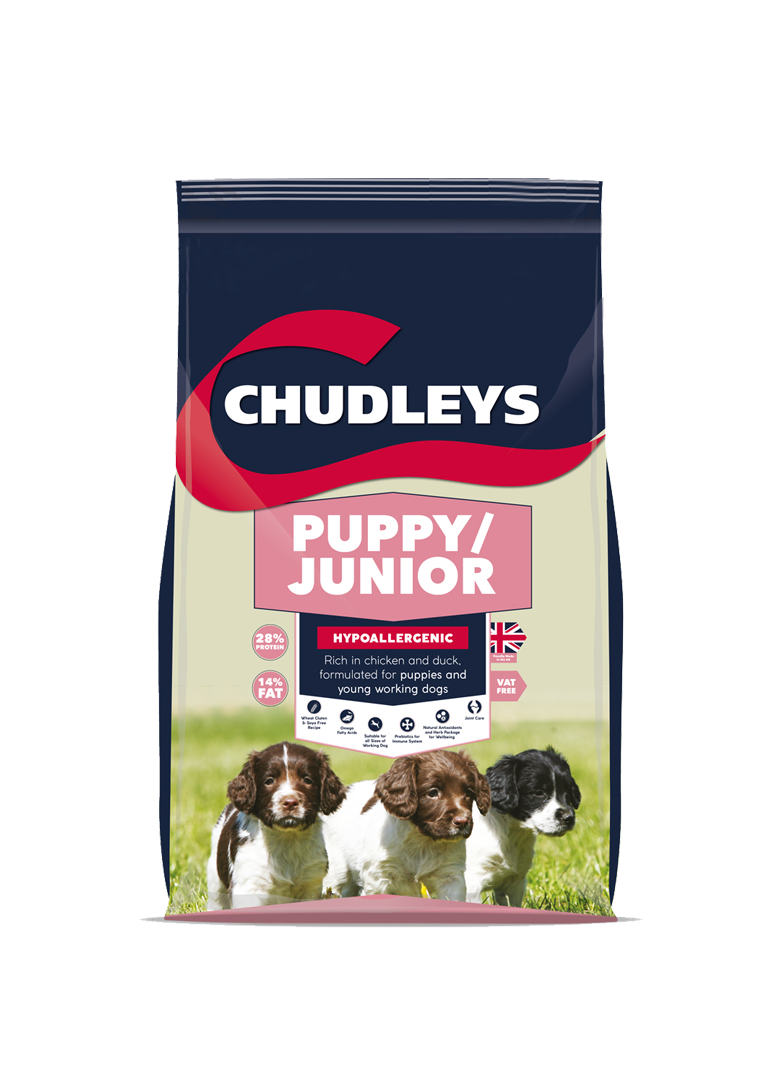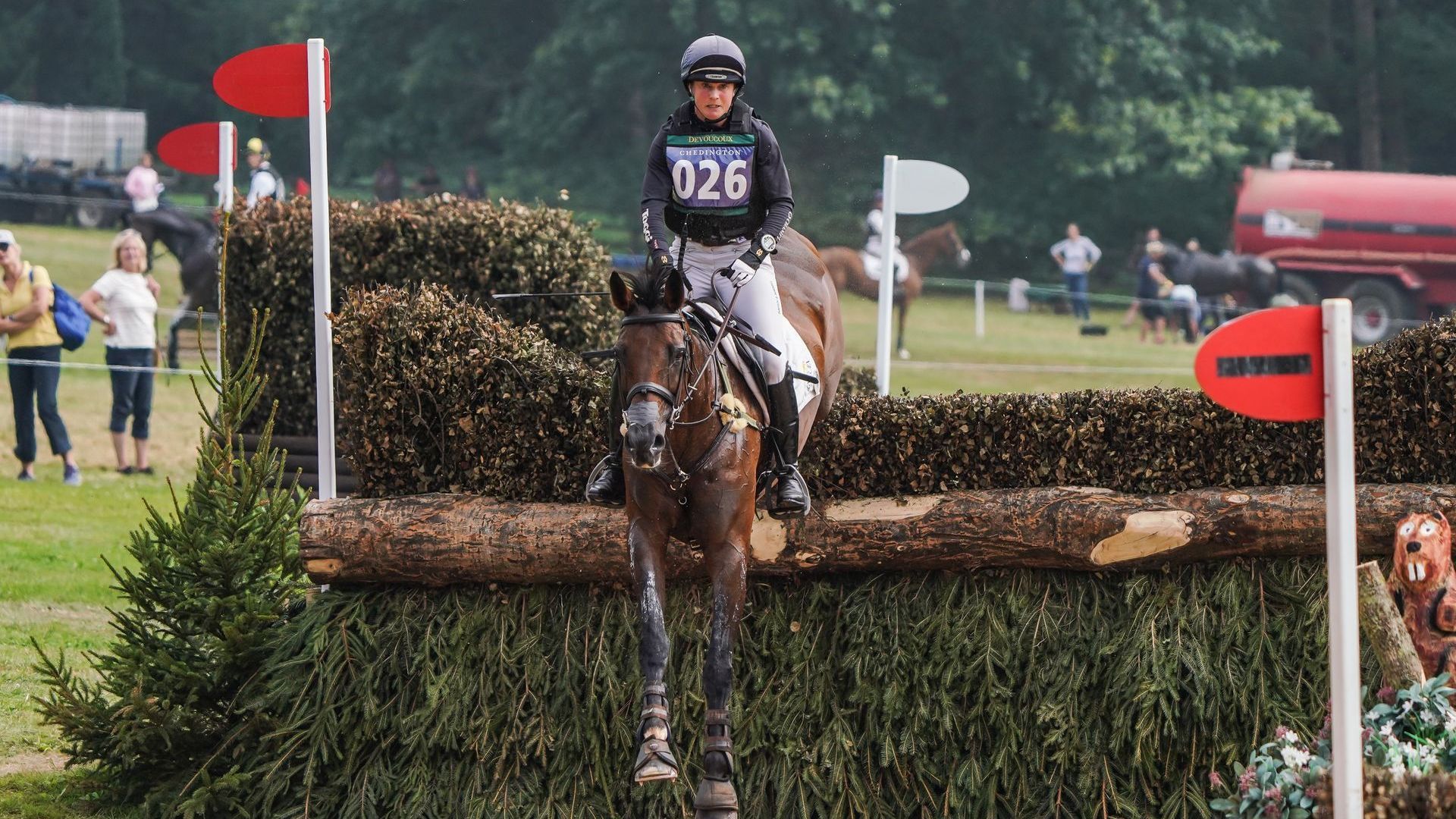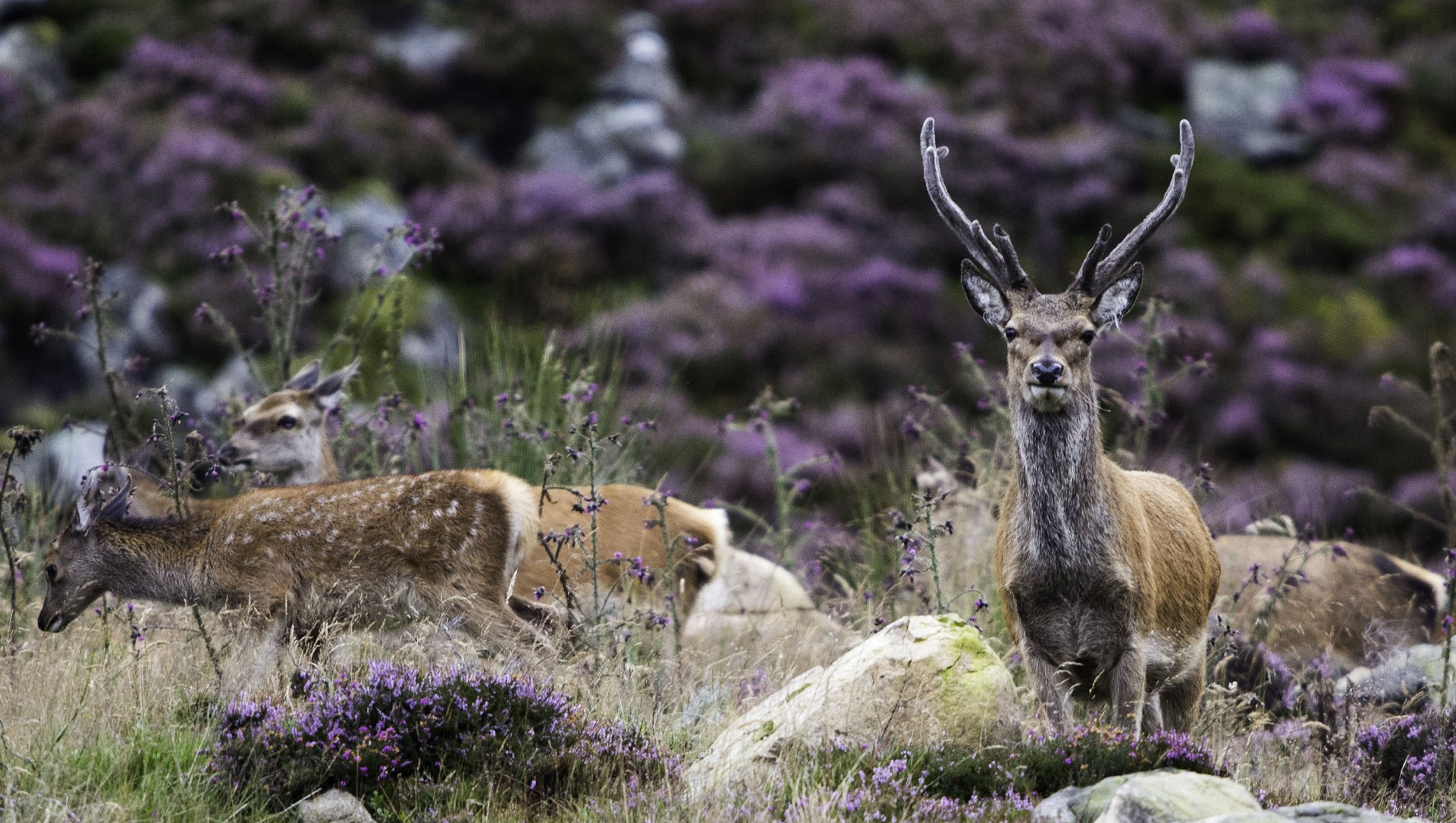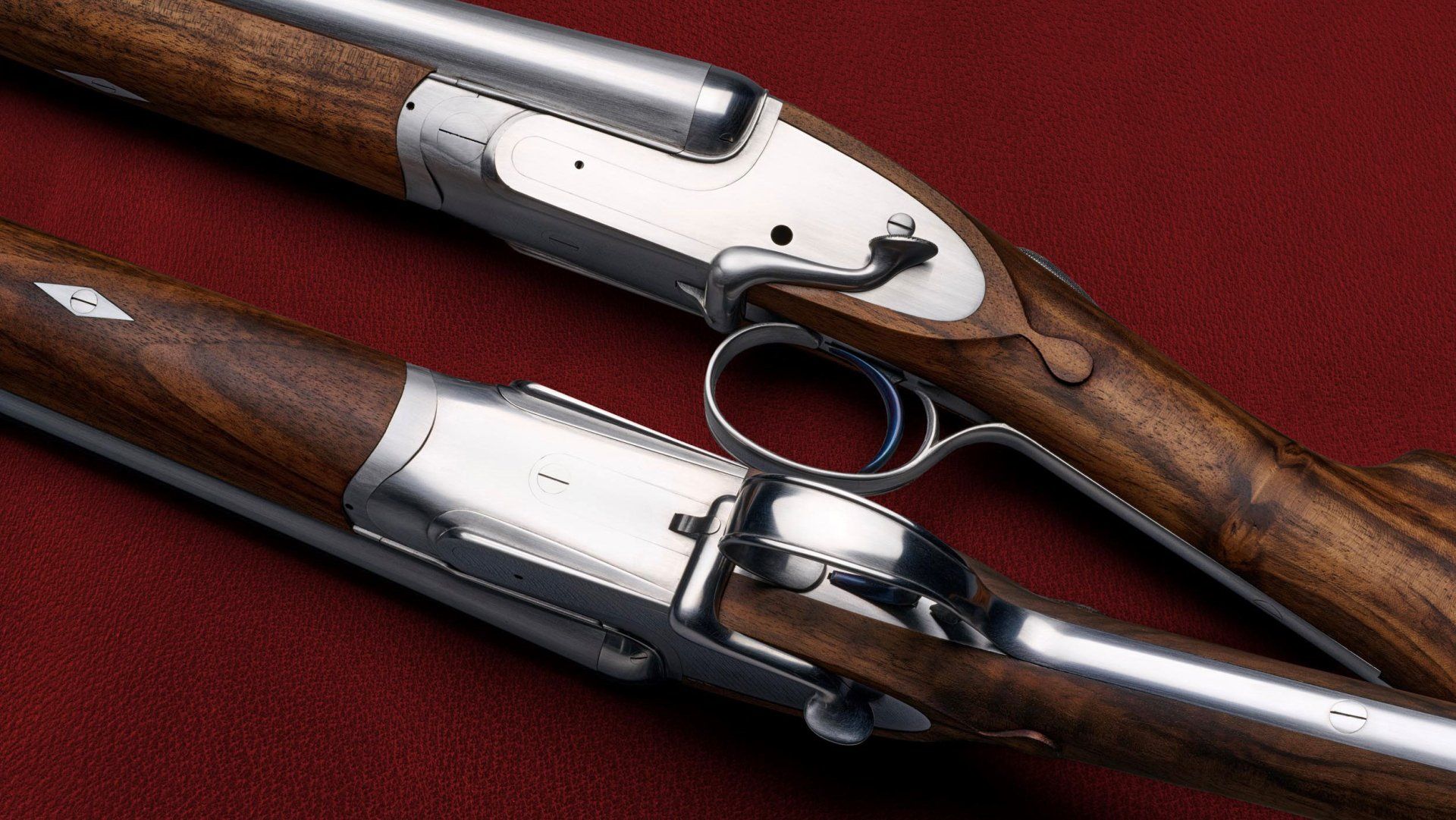Training your Gundog puppy
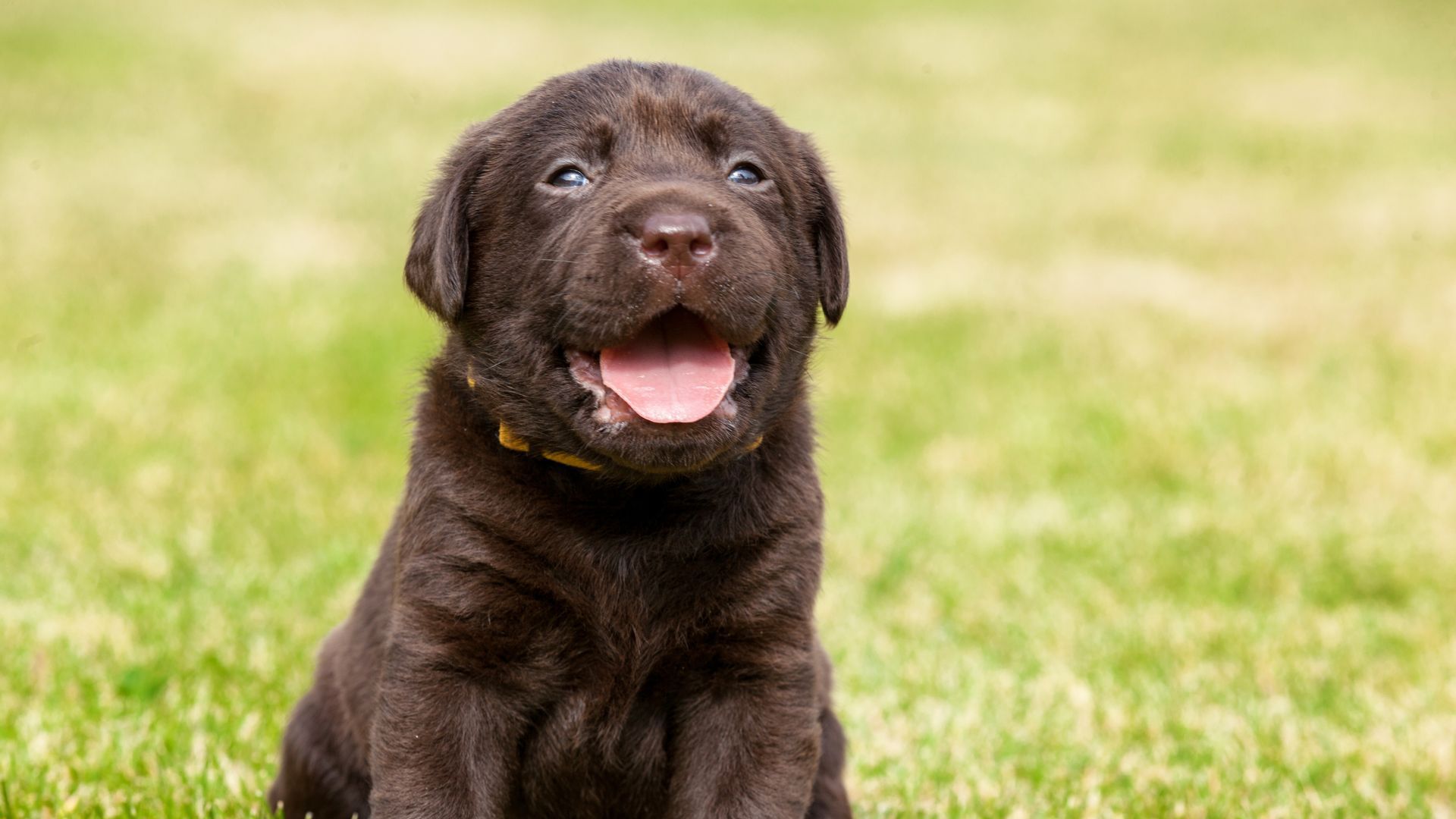
Come’, ‘sit’, and ‘watch me’
Regular indoor training sessions using the pup’s food can begin on day one. Put a piece of kibble between thumb and fore fingers, then put the food in front of his nose and lure him towards you gently stepping back into the hoop. Keep the food on his nose, otherwise he’ll lose it and get distracted, and gently lift the food hand over his head and as the little tyke sits feed him, perfect, the fun begins. Repeat this up to 10 times then finish and walk away.
This is just the beginning; we can quickly build this into ‘come’, ‘sit, ‘watch/focus’ and reward. If you’re proficient with the whistle, use it softly — blow a series of light pips as the puppy moves towards you; as he sits, another very soft single pip.
First time users of a whistle usually blow it too hard and sound like a demented canary — you will need to practise using it. Don’t be shy but keep the volume down. The more mini sessions you pack into the pup’s day, the quicker he will develop, building his focus on you.
‘Stay there and watch me
Once we’ve got him rushing towards you parking his bum on the floor and looking up at you with real focus, we can build the ‘sit/stay’. Take the smallest step backwards with one foot and immediately bring it back to the edge of the hoop, rewarding the puppy for not moving.
It’s very important at this stage that we come back t’o him. We need him to understand that “If I just sit here the fat bloke in the stupid hat will come back to me and give me a food reward — easy.” (Obviously the ‘fat bloke’ is a reference to myself before you start a hate mail campaign).
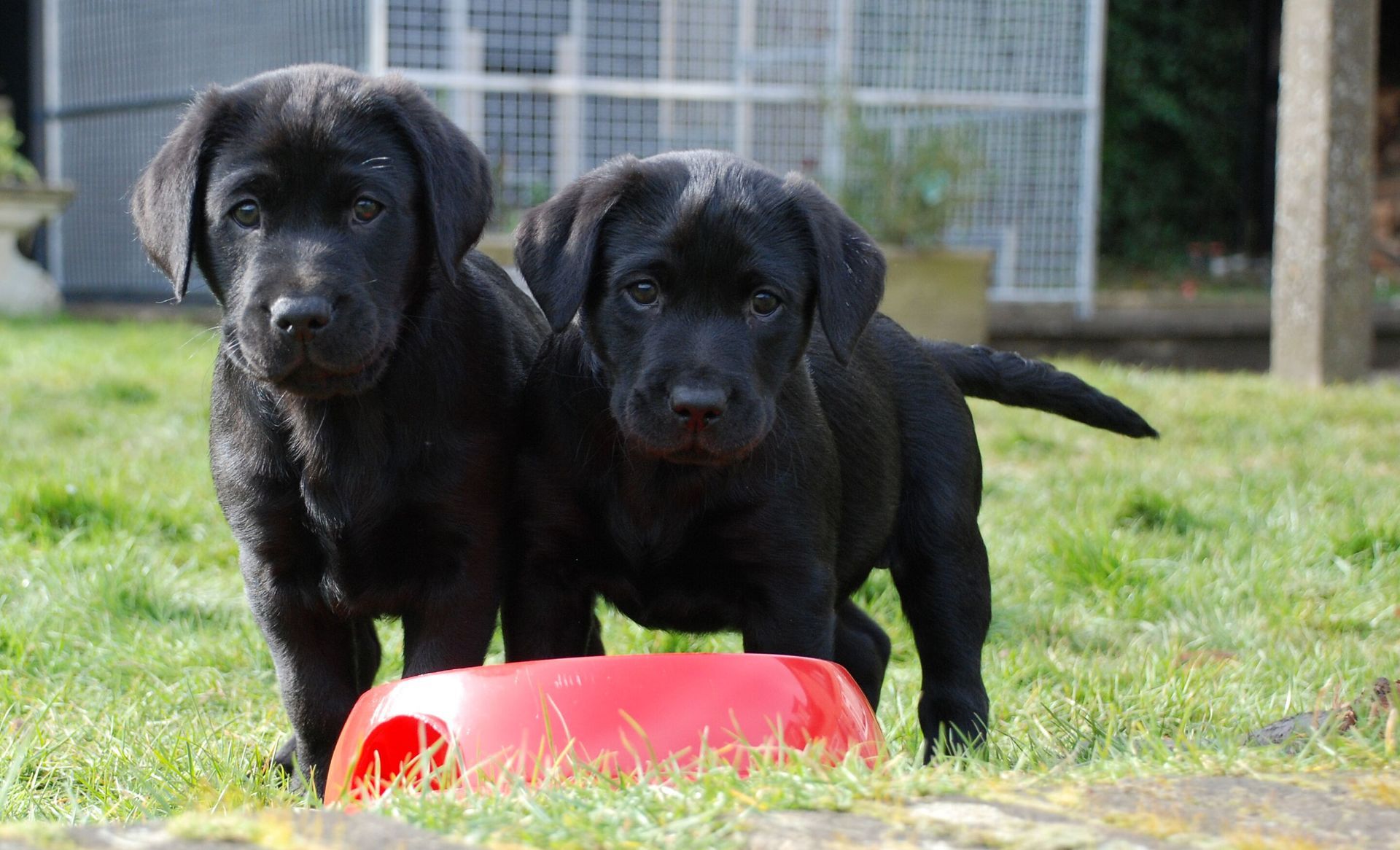
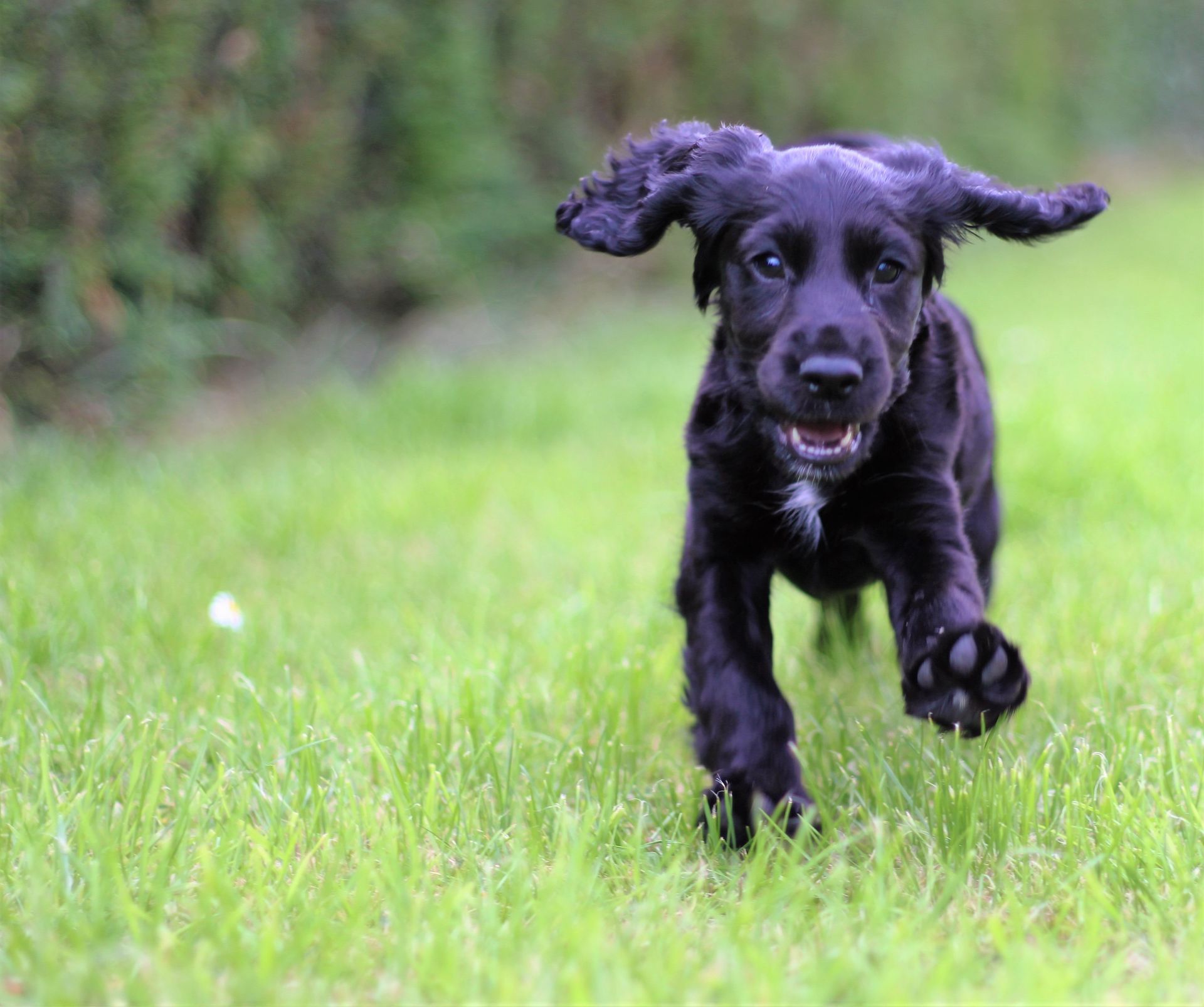
Introducing a lead
We need to overcome the dog’s natural fear of being restrained by the neck. Do not force the lead over their head and then act surprised as they buck, pull, and throw themselves on the floor and shows the whites of eyes. They’re terrified, as would you be, if you thought something was strangling you. Before being let loose on an unsuspecting dog, you need to understand the use of a lead. So many behavioural problems are caused by tight leads — from the outset, the lead must be loose on your dog.
Make a big loop in the lead, hold it just in front of the dog and then encourage your dog to put their head through the loop for a piece of feed. Teaching them to do this is time really well spent; a dog that’s lead shy is, at best, a nuisance to catch, not to mention the behaviour implications of being scared of a lead. Once they’ve got that putting his head into a lead brings reward, they’ll be into it in a flash and we can start to use it
.The lead is an essential piece of dog training equipment, but its very existence can be something of a poison chalice.
Puppy/Junior Chudleys
A diet developed for the next generation of working dog. This feed enhances your puppy's development throughout the growing period, ensuring your puppy can fulfil his potentiall
- Appropriate for all sizes of working dogs· Ideal as puppy's first food from 2-3 weeks old, right through to adulthood
- Contains nutrients such as omega 3 fatty acids to help support neural development and learning
- Natural antioxidant and herb package for health and well-being, plus prebiotics to help support gut health and development
- Wheat-gluten free recipe
- Provides moderate energy levels to encourage growth
To find out more please visit: www.chudleys.com
Read more:
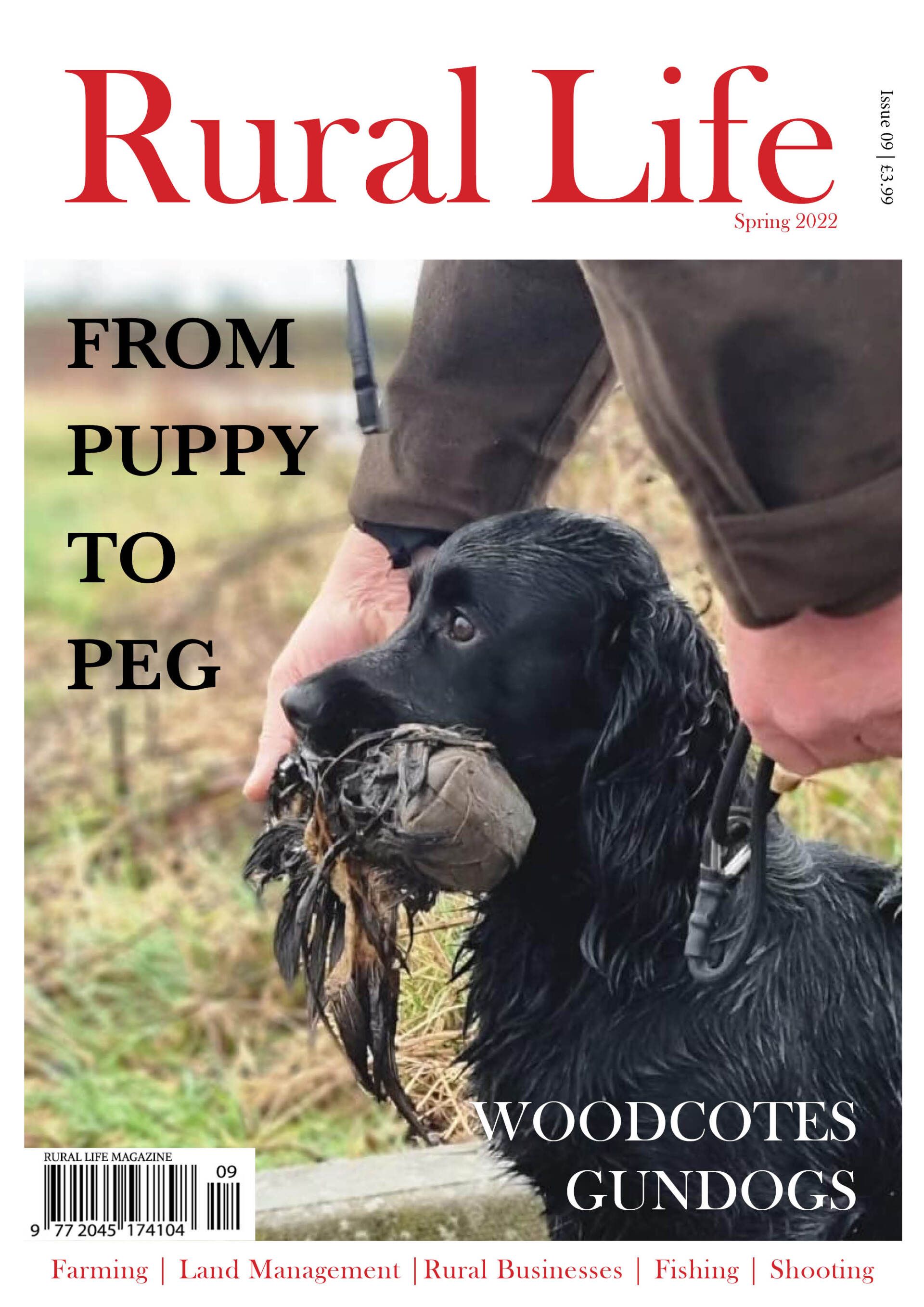
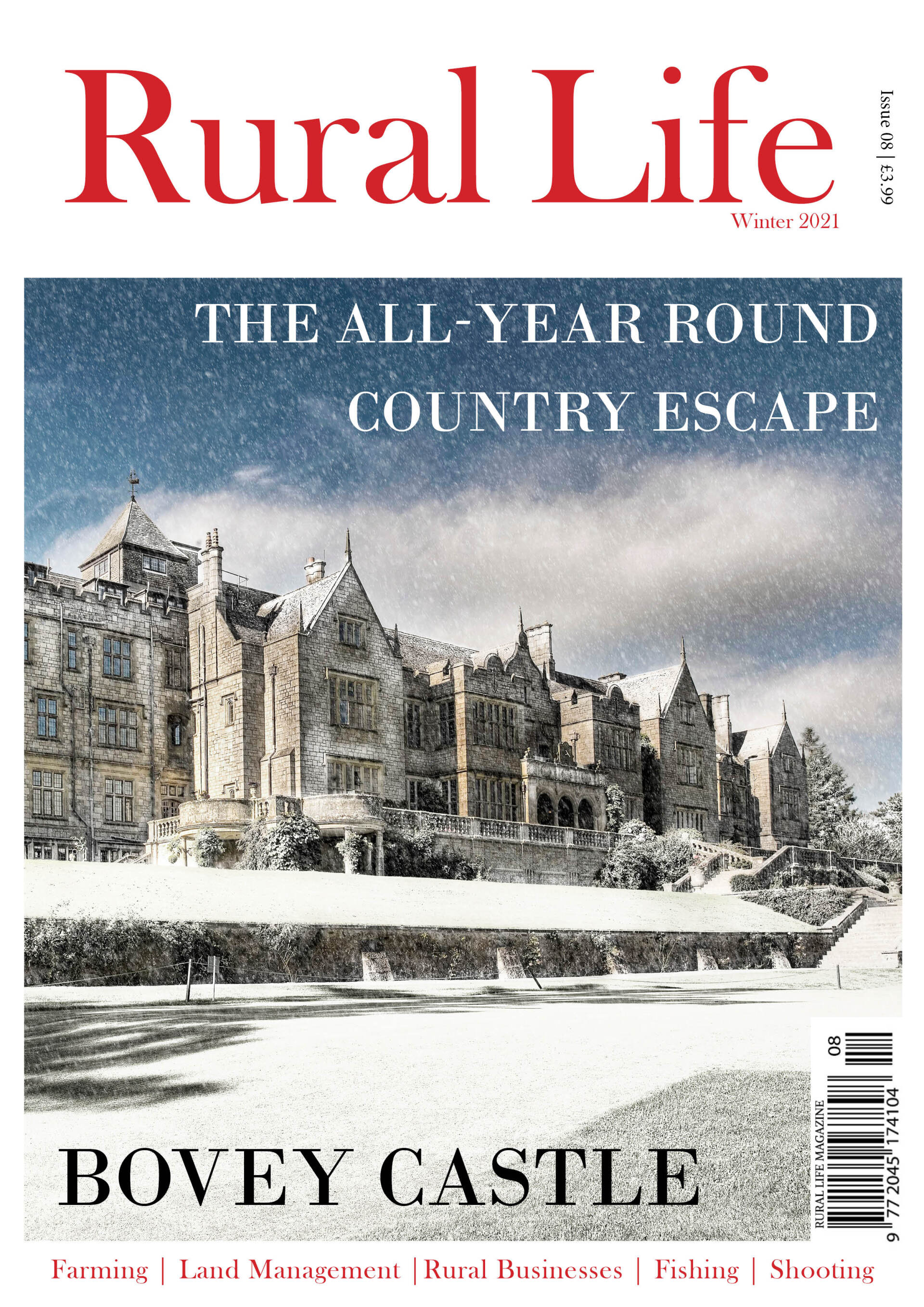
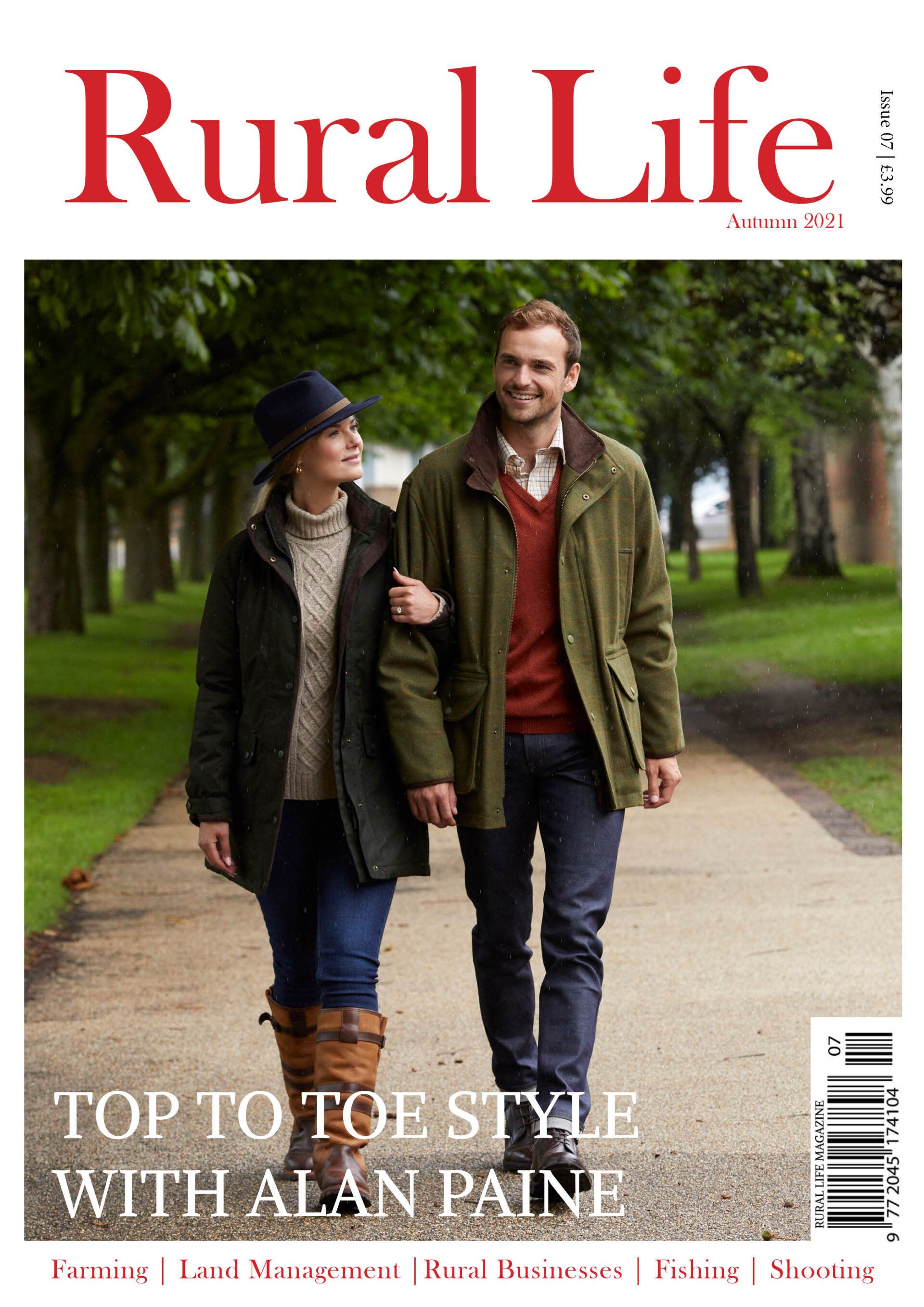
Contact Us
Contact Us
Thank you for contacting us.
We will get back to you as soon as possible
- Rural Life
Please try again later


